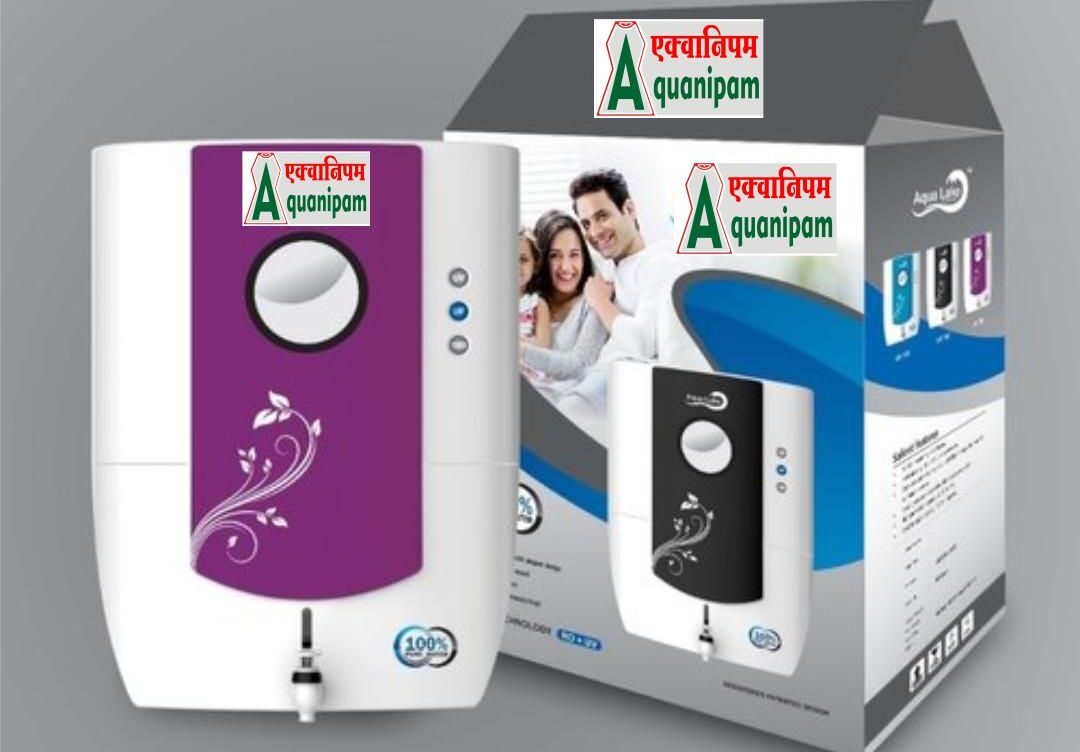A Comprehensive Guide to Water Quality
Water is one of the most essential requirements for life and understanding its quality is paramount to safeguarding your health and well-being. Despite appearances, can you be certain that the water you are drinking meets the necessary standards? No, right.
In this blog, you will learn more about water quality, the variables that affect it, the critical testing parameters, and the importance of following drinking water standards.
Understanding Water Quality and Common Water Quality Parameters
The term water quality describes the physical, chemical, and biological properties of water. The assessment of water quality involves the analysis of chemical, physical, and biological parameters that collectively determine its purity.
1. Chemical Parameters
Chemical parameters like pH level and hardness of water and levels of Biochemical Oxygen Demand (BOD), Chemical Oxygen Demand (COD), and other chemicals are measured to determine the quality of water.
2. Physical Parameters
Physical parameters like temperature, colour, taste, odour, turbidity, and dissolved solids of water are tested to determine its quality. So, if the amount of dissolved solids is more than the desired levels it means the water is unfit for human consumption.
3. Biological Parameters
Biological contaminants like bacteria, algae, viruses, and protozoa are measured to determine the quality of water.
Frequent testing of these parameters enables you to take control over the water quality, moreover, drink water that’s pure, safe, and healthy.
What is the Importance of Regular Testing?
As water quality varies according to location, industrial activity, and natural factors, regular testing is essential for ensuring that water treatment processes are tailored to local conditions. Moreover, regular testing of water allows for the detection of bacterial and viral contamination or changes in chemical and physical parameters, allowing for prompt essential actions.
What are the Effects of Poor Water Quality on Human Health?
1. Waterborne Diseases
Poor water quality is a primary source of waterborne diseases. Microorganisms such as bacteria, viruses, and parasites present in polluted water can lead to illnesses like cholera, dysentery, typhoid, and gastroenteritis.1
2. Gastrointestinal Issues
Low-quality water may contain biological contaminants including viruses, bacteria, protozoa, and parasites. When ingested, these contaminants may cause diarrhoea, viral fever, pneumonia, or cholera.
3. Parasitic Diseases
Different infectious agents and parasites that can lead to skin infections, eye infections, or parasitic diseases like schistosomiasis can be found in poor-quality water.2
4. Chemical Contaminating Problems
Health problems like abdominal pain or skin discolouration can result from exposure to dangerous substances in water, such as industrial pollutants or heavy metals (lead, arsenic, and mercury).
5. Respiratory Problems
Inhaling or coming into contact with waterborne pollutants can contribute to respiratory issues.3
Preventive Measures Against Poor-Quality Water
Taking preventive measures against poor-quality water involves a combination of proactive actions at various levels. One of the most prominent ways to deal with poor water quality is with the help of water purifiers. Here’s how water purifiers play a crucial role in ensuring the safety of your drinking water:
-
Water purifiers have advanced purification technologies like Reverse Osmosis (RO), Ultraviolet (UV), and Ultra Filtration (UF) that remove a wide range of contaminants. While RO removes bacteria, viruses, and microorganisms, UV disinfects the water, delivering water that is pure and safe as boiled water, and UF removes viral and bacterial contamination.
-
Water purifiers can also treat water from any water source. For instance, RO and UV water purifiers from Aquaguard can treat water from public sources, borewells, and tankers, making them a valuable addition to your home. Moreover, RO water purifiers from Aquaguard can remove TDS of up to 2000 mg/l, delivering pure and clean water.

